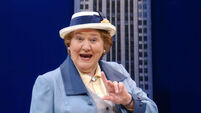Cork In 50 Artworks, No 21: Model T Ford at Ballinascarthy, by Kevin Holland
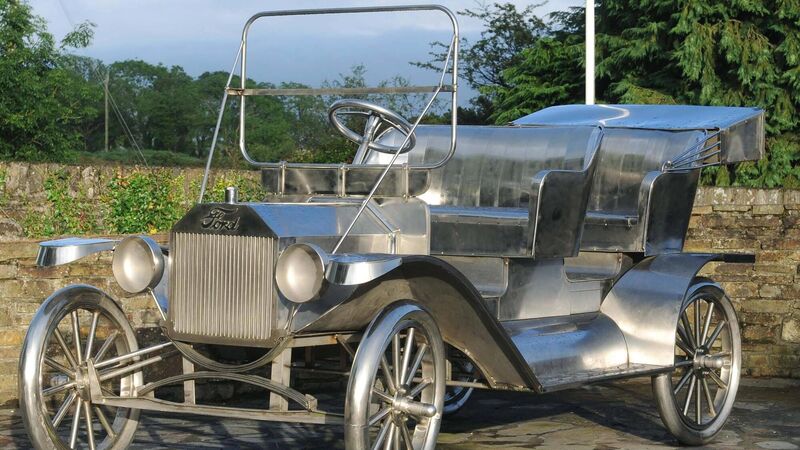
Kevin Holland's Model T Ford in Ballinascarthy. Picture: Denis Minihane
It was always well-known that the automobile magnate Henry Ford’s father William was born and reared in Crohane, near the village of Ballinascarthy in Co Cork. But the association was never really marked in the area until the year 2000, when a local committee invited Kevin Holland to create a commemorative sculpture for a site in the village.
Holland’s father was a native of Ballinascarthy, and he had recently completed another major public artwork, the Great Irish Elk on the Mallow Road. The committee accepted his proposal for Ballinascarthy - a life-sized sculpture of the Model T, the vehicle that first brought Ford fame and fortune - and began fundraising for the project.
“We got about €1,000 from the government,” says Betty Hennessey, who served as secretary of the committee. “But other than that, the €40,000 budget was all raised locally.”
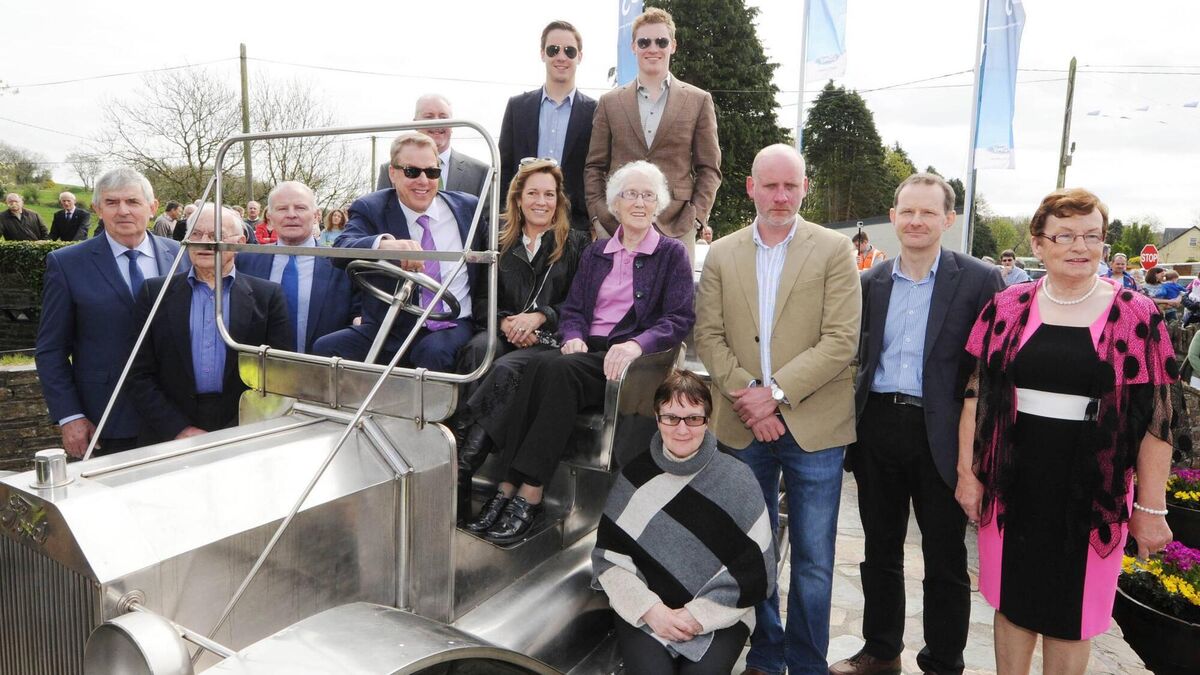
William Ford was 21 when he left for America at the height of the Famine, in 1847. “The family were evicted from their farm,” says Hennessey, “but they had uncles out in America before them, so that’s where they went.”
He married Mary Litogot, the daughter of wealthy immigrants, and settled down to farming in Springwells Township, Michigan. They had five children, and the expectation was that Henry, the eldest, would take over the family farm. As it happened, he didn’t much like farmwork, but an early interest in steam engines compelled him to seek employment as an engineer with the Edison company, where he developed his ideas on motorcar design before striking out on his own.
Ford’s creation of the Model T revolutionised motoring. Before its launch in 1908, motorcars were a costly and often inefficient indulgence, the preserve of the rich, but Ford’s innovation – the mass-produced, assembly line vehicle – brought driving within the grasp of the American middle class. The Model T originally retailed at $850, but the price fell every year thereafter. By 1927, they cost €300, and 15 million had been purchased.
Holland relished the challenge of reproducing so iconic a vehicle, but knew he would have to get every last detail right in his sculpture. “Fortunately, they had a Model T at Lisselan House nearby,” he says. “The ruins of the Ford family home are on the Lisselan estate, and there had been plans for a Ford Museum there at one stage. So I was able to go down and measure it up. Everything in the sculpture is an exact match for the Model T – I even replicated the chassis and the carriage.”
Holland chose stainless steel for the sculpture, as “it’s a durable material, and has great longevity".
Ford famously stated that the Model T could be produced in any colour, as long as it was black, and the original plan for the sculpture was that it would be painted black as well. “But I loved the steel finish, and when I went back and talked to the committee, we agreed that we should leave it as it was. I think that was the right decision, as it still looks good today.”
Preparations at Ballinascarthy were completed by two locals; builder Tom Harte, who cleared the site for the sculpture, and architect Quentin Keohane, who designed the stone base.
The unveiling, on September 3, 2000, was a major event, and featured a drive-by of Ford vehicles from throughout the 20th century. Guest of honour was the chairman and managing director of Henry Ford Ltd, Edwin J Nolan, who reminded the large crowd present of how “it is important to remember that our country produced one of the world’s greatest entrepreneurs and that, equally, he gave as much back in return.”
Ford did indeed give much back to Ireland. Visiting in 1912, he travelled to Ballinascarthy to view the cottage his father had grown up in, and took away the hearthstone as a keepsake. Within five years, he had established the first purpose-built Ford facility in Europe at a site on the Marina in Cork city, which gave employment to several generations of local workers before its closure in 1984.
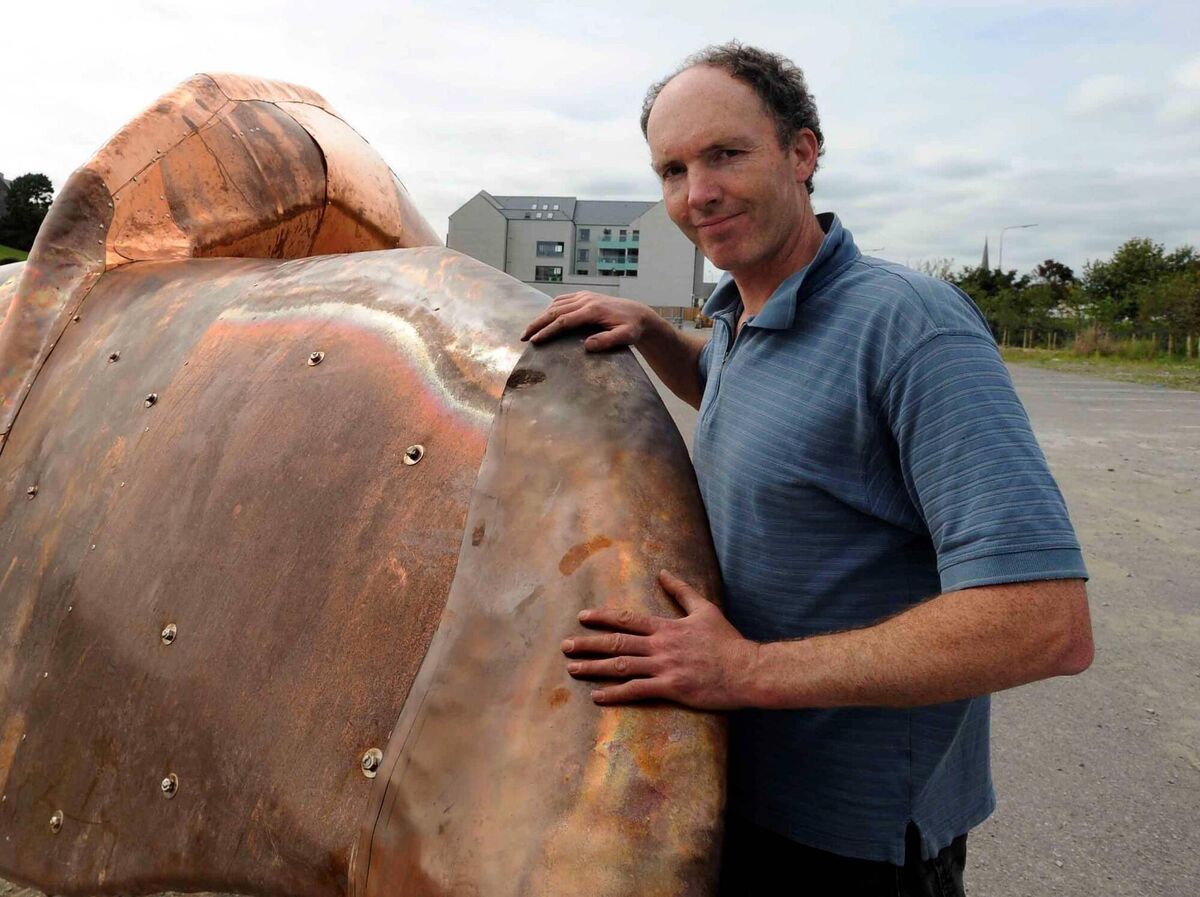
A number of Henry Ford’s descendants have come to Ballinascarthy to view Holland’s sculpture. One great-grandson, Edsel Ford, visited in 2004, and another, William Clay Ford, followed in 2011. “They brought their families, and met a lot of people locally,” says Hennessey.
Holland didn’t get to meet them, but learned that both had closely inspected his sculpture, and were delighted with his attention to detail.
“Of all the works I’ve done, the Model T is probably my favourite,” he says now. “People stop all the time to be photographed sitting in it, and it’s very popular with newly-weds. For me, it’s great to have that connection with the area; my father and uncle were both there for the unveiling, and I’m still very proud that the initiative came from the local community.”
In contrast to many public artworks in the county, the Model T remains in pristine condition. “Our FÁS lads keep it clean, and we always maintain the flowerbeds,” says Hennessey. “But some days you’d have trouble getting access, there’s so many people stopped to take photographs.”
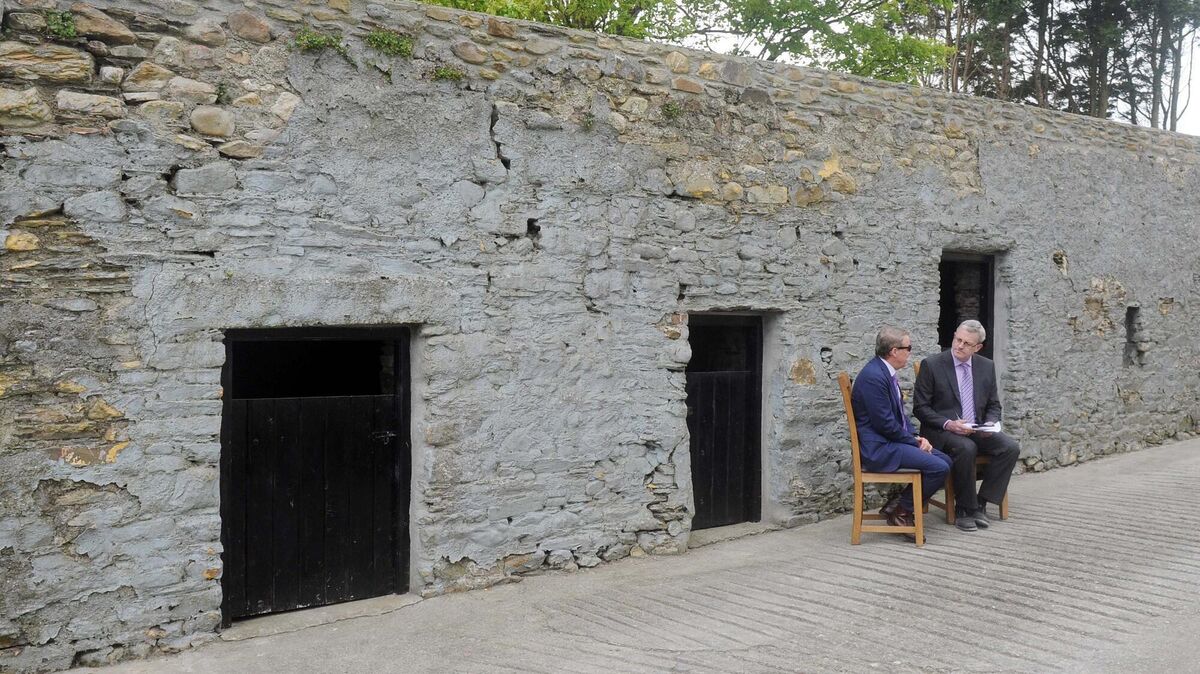
Twenty-one years on from the unveiling of Holland’s sculpture, the spirit of getting things done, and making the most of local connections, endures in Ballinascarthy.
“Lately, we’ve been fundraising to fix the roof in the community hall,” says Hennessey. “We’re hoping the Ford family might smile on that, and maybe put a few bob our way!”
